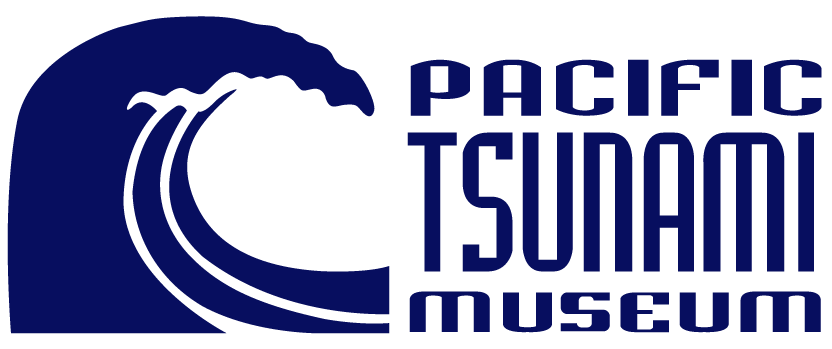Wailuku River
Besides the coastal areas connected to the ocean, rivers are also a place that tsunami waves can travel causing destruction along the way. The Wailuku River is no exception. It was during the 1946 tsunami that part of the railroad bridge was washed away. It consisted of three main trestles but after the tsunami only two remained. The third piece was washed several hundred yards upriver. The train station that was located not far from the bridge was also washed away. Many survivors of the tsunami that were in the area couldn’t believe it was just gone, while others remember seeing it like it was floating in the rising waters.
Bob “Steamy” Chow was an officer during both the 1946 and 1960 tsunamis. He was driving into town on April 1st, 1946 when some friends said, “Steamy, tidal wave, tidal wave!”. Like many he thought it was all part of the tradition of April 1st being April Fool’s Day, so he kept driving, heading towards work. When he drove over the arch bridge spanning the Wailuku River he looked towards the ocean and saw the railroad bridge, that had three spans now had only two, the span closest to Hilo was washed up the river. When he got to work and changed into uniform, he was put in charge of Kamehameha Avenue (formally known as Front Street), so he headed down. As he drove down Kamehameha Avenue it was already full of sand, but he also had to dodge rocks and even canned goods from one of the local grocery stores. He went another block further and realized that to his right, it was empty. The entire train station was gone! Analyzing the situation and realizing it was too dangerous in that area, he headed up towards the arch bridge again. He was trying to turn around in a driveway, when people started running and blocking his car. It was then he noticed the piece of the railroad bridge up the river, just missing another bridge by what he calculated to be 10 inches (25.4 cm), “That’s how high the river was.” His car was also sitting in about a foot (30.5 cm) of water. He stayed there for some time, and watched the 3rd wave come in, almost completely emptying out the river before doing so. After that he helped with cleanup efforts and recovery. He also experienced two tsunamis’ in the 1950’s along with the one in 1960 and his advice is, “I would say through past experience, that when the siren blow the civil defense give you direction you should follow.”
Setsuyuki “Chops” Yamada was a young boy on the bus heading to school when the wave hit. As the bus made its rounds, he noticed people were looking towards the ocean instead of going to work. He was in the downtown area when the driver came to a sudden halt and left the bus. Chops and the rest of the passengers were left confused wondering what was going on. “We looked at each other and looked around and we turned our face this way it seems like the ocean was higher than the land. And I said, ‘Oh my god, is the island sinking?’ you know.” He left the front of the bus and started to swim through the strong water, needing to drop his schoolbooks in order to swim freely. Luckily, he was able to swim out of the rubble and made it uphill to his grandmother’s house.
The amount of destruction that has occurred around this area just goes to show how powerful tsunamis truly are. The highest wave height recorded in Hilo for the 1946 tsunami was 30 ft (9m) tall and did excessive amounts of damage to the downtown area. What is now the bridge in front of you was where the railroad bridge existed during the 1946 tsunami. The old railroad bridge has been recycled and is now part of the bottom structure of the KoleKole bridge up the Hamakua Coast.
